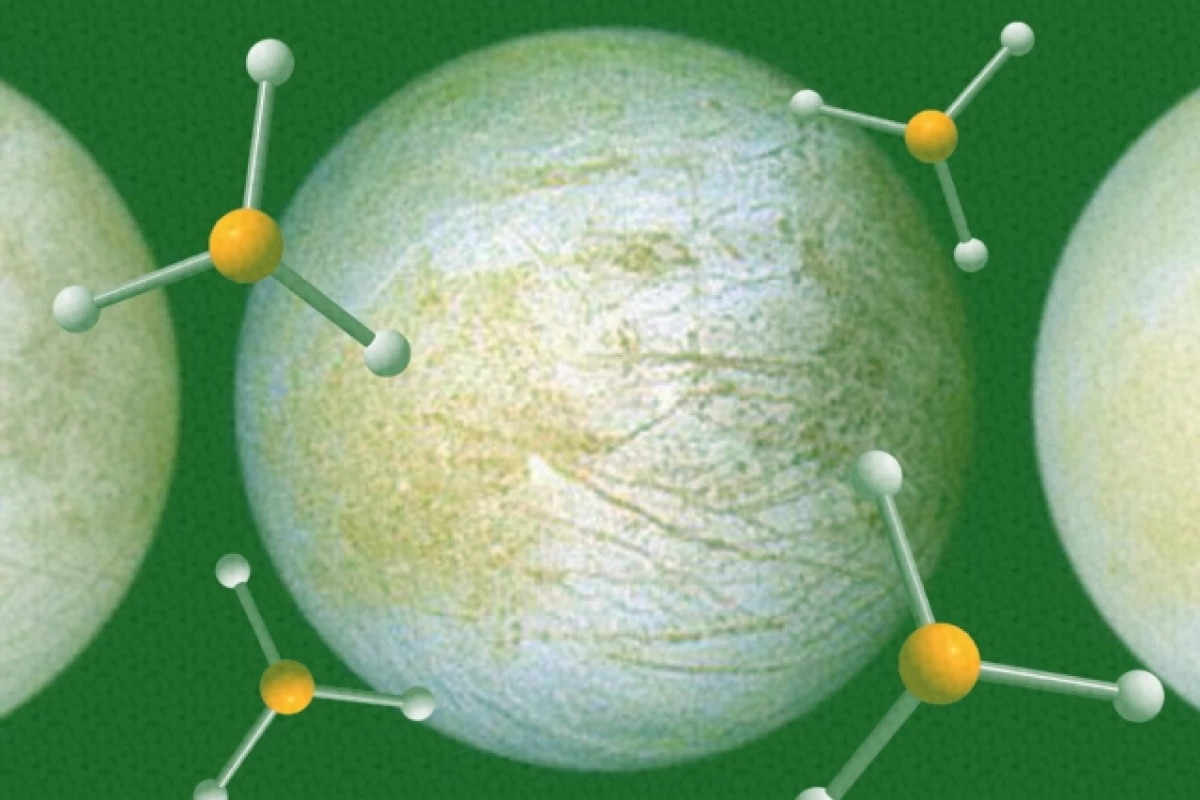New research from a team led by MIT's Clara Sousa-Silva suggests that ET might be rather odorous. The scientists determined that phosphine – an extremely foul, flammable, toxic, and reactive gas – could be a sign of oxygen-averse life on other planets beyond the solar system, that may be detectable by space telescopes.
When exoplanets were first discovered, the question of whether they were home to life revolved around very simple criteria. How big was the planet and how hot was it? Essentially, the question was if the planet could sustain liquid water, and if it was rocky or a gas giant.
Today, things are a bit more sophisticated. Scientists look at the atmospheres of exoplanets as they try to figure out what they're composed of, and whether they show biosignatures – that is, gases that are associated with life, including oxygen and methane.
The MIT team has come up with an unlikely biosignature candidate in the form of phosphine, which is made up of one phosphorous and three hydrogen atoms. On Earth, most life forms won't have anything to do with the stuff, and it's mostly found in putrid swamp gas, penguin dung heaps, and badger bowels.

The interesting thing is that phosphine is very hard to produce, because it takes a lot of effort to get the molecules to come together. On Earth, it's the product of anaerobic microbes that shun oxygen and prefer to live under extreme conditions. In space, however, it's found as a trace gas in the atmospheres of Jupiter and Saturn – it's created by enormous energies deep within those atmospheres, and then torn upwards by gigantic storms.
In fact, what the team found after looking at 16,000 biosignature candidate chemicals (as well as the detailed properties of phosphine) was that the stinky molecule is only produced by bacteria and microbes under conditions found on an Earthlike planet. Not even lightning or plate tectonics can produce it in any quantity.
Since phosphine can act much like oxygen in anaerobic organisms, the team realized that if phosphine was present in an exoplanet's atmosphere at the same concentrations as methane in Earth's, it could be detected in the spectra anywhere within 16 light-years of a telescope the size of NASA's James Webb Space Telescope. In fact, it would be a sure sign of life.
"Here on Earth, oxygen is a really impressive sign of life," says Sousa-Silva. "But other things besides life make oxygen too. It’s important to consider stranger molecules that might not be made as often, but if you do find them on another planet, there’s only one explanation."
A paper on the research was recently published in the journal Astrobiology.
Source: MIT





